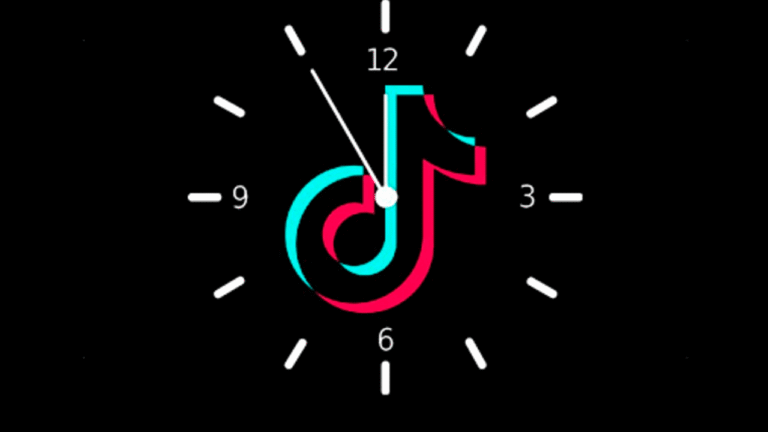AI & Media: The Battle Over Trust in News Content
In 2025, artificial intelligence is no longer a future concept — it’s everywhere. From generating images to writing headlines, AI is being used across nearly every digital platform. But as its influence spreads, so does the concern around trust. Especially in the world of journalism, the rise of AI has triggered one of the biggest ethical battles of the digital age: Can we still trust the news we consume when we no longer know who — or what — created it?
The relationship between AI and media has grown more complex, controversial, and consequential. Some hail it as a tool for efficiency and innovation. Others view it as a threat to truth, transparency, and credibility. The battle lines are drawn — and at the center of it all lies one crucial question: Is the news we read still real?
The Rise of AI-Generated News
AI has already made a deep impact on how content is created. Major newsrooms now use AI to:
- Summarize press releases
- Generate quick financial or sports reports
- Translate foreign language sources in real time
- Monitor breaking news through social listening tools
- Recommend headlines optimized for engagement
What used to take hours now takes seconds. For example, an AI system can pull a story from a live event, draft a short article, add SEO keywords, and publish — without a single human typing a word.
This kind of automation saves time and resources, which matters in a 24/7 news cycle. But with these benefits come major risks. Because when machines generate the news, the line between fact and fiction can quickly blur.
Deepfakes, Fake Headlines, and Algorithmic Bias
In 2025, fake news doesn’t just mean false claims. It now includes AI-manipulated content that appears real but is entirely synthetic. Deepfake videos, altered voice clips, and AI-generated photos are being used to mislead, defame, or confuse audiences.
AI-generated headlines are another concern. Optimized for clicks rather than truth, they often distort nuance and push emotional reactions. Some content farms use AI to mass-produce articles that appear credible but are based on twisted or incomplete facts.
On top of that, there’s algorithmic bias — where AI unintentionally favors certain narratives or perspectives due to how it was trained. When these tools are fed biased data, they replicate and amplify that bias, reinforcing stereotypes and misinformation.
How AI Is Changing the Role of Journalists
Journalists in 2025 are facing a new challenge: how to stay relevant in a world where machines can write faster and cheaper. But rather than being replaced, many are adapting — becoming fact-checkers, context-providers, and investigators rather than just reporters.
Some newsrooms now assign AI to generate the first draft of simple stories, while humans take over for analysis, verification, and storytelling. Others are using AI to mine data and uncover patterns that would be impossible to find manually.
But even in this evolving role, one thing is clear: human judgment still matters. Because what AI lacks — and likely always will — is moral reasoning, historical context, and the ability to fully understand the human experience.
The Public’s Growing Distrust
Perhaps the most dangerous outcome of AI in media isn’t fake news itself, but the erosion of public trust.
When people can’t tell whether an article was written by a person or a machine, doubt creeps in. When a news photo might be AI-generated, it weakens the emotional impact of real-world events. When headlines sound more like marketing copy than journalism, credibility drops.
Surveys in 2025 show a clear trend: readers are increasingly skeptical of news content — even from established sources. The fear isn’t just about misinformation anymore. It’s about not knowing who or what to believe.
Platforms, Publishers, and the Race for Trust
To combat this crisis of credibility, some platforms and publishers are taking action. New standards have emerged to help distinguish human-created from AI-generated content.
Here are a few major developments:
- Labeling Requirements: Platforms like X and Instagram now require labels on AI-generated images and videos. News publishers are expected to disclose when AI assisted in writing or producing content.
- Content Provenance Tools: Companies like Adobe and Microsoft have developed digital signatures and metadata systems that show where content originated and how it was altered.
- AI Transparency Policies: Newsrooms are drafting AI usage policies — including public statements about how AI is used in their reporting and editing workflows.
- Reader-Focused Design: Some platforms are re-designing feeds to prioritize content verified by human editors and independent fact-checkers.
While these steps are encouraging, there’s still no global standard — and many bad actors continue to operate outside the system.
Who’s Winning: Accuracy or Engagement?
Another conflict lies at the heart of this issue: the battle between accuracy and engagement.
AI is often trained to optimize for clicks, shares, and watch time. That means it leans toward sensationalism, oversimplification, and emotional content — even if that means skipping nuance or bending truth. News organizations under pressure to grow audience numbers may feel tempted to let AI lead the way.
But what’s good for algorithms isn’t always good for journalism. A truthful, balanced, and well-researched article may not go viral. But it holds value in the long run. The challenge is convincing platforms and publishers that trust is worth more than traffic.
The Role of the Reader in 2025
In this new media landscape, the responsibility doesn’t just fall on creators and companies — it falls on readers too.
Here’s how the average person can navigate the AI era of news:
- Check the source: Is it a reputable outlet? Are there human authors listed?
- Look for transparency: Does the article disclose AI use? Are there links to evidence or sources?
- Use fact-checking tools: Independent sites like Snopes and PolitiFact have adapted to detect AI-based misinformation.
- Question viral content: If something feels too perfect, too emotional, or too outrageous, it might be AI-generated.
- Support ethical journalism: Subscribe, share, or donate to outlets that prioritize truth and transparency.
Digital literacy is no longer optional. It’s a survival skill.
Final Thoughts: The Battle Isn’t Over — It’s Just Beginning
The relationship between AI and media is still unfolding. On one side, we have the potential for faster, smarter, more accessible news. On the other, we face the risk of confusion, manipulation, and distrust.
The solution isn’t to reject AI. It’s to use it responsibly — with clear rules, human oversight, and unwavering dedication to truth.
In this new era, trust won’t be built by machines. It will be earned by humans who remain committed to honesty, clarity, and ethics — even in a world shaped by code.
The battle over trust in news content is not just about technology. It’s about values. And that’s a war worth fighting.






